The terpenoids, sometimes called isoprenoids, are a large and diverse class of naturally occurring organic chemicals derived from terpenes. Most are multicyclic structures with oxygen-containing functional groups. About 60% of known natural products are terpenoids.
Plant terpenoids are used for their aromatic qualities and play a role in traditional herbal remedies. Terpenoids contribute to the scent of eucalyptus, the flavors of cinnamon, cloves, and ginger, the yellow color in sunflowers, and the red color in tomatoes. Well-known terpenoids include citral, menthol, camphor, salvinorin A in the plant Salvia divinorum, the cannabinoids found in cannabis, ginkgolide and bilobalide found in Ginkgo biloba, and the curcuminoids found in turmeric and mustard seed.
Many terpenes have biological activities and are used for the treatment of human diseases. The worldwide sales of terpene-based pharmaceuticals in 2002 were approximately US $12 billion. Among these pharmaceuticals, the anticancer drug Taxol and the antimalarial drug Artimesinin are two of the most renowned terpene-based drugs. All terpenoids are synthesized from two five-carbon building blocks. Based on the number of the building blocks, terpenoids are commonly classified as monoterpenes (C10), sesquiterpenes (C15), diterpenes (C20), and sesterterpenes (C25). These terpenoids display a wide range of biological activities against cancer, malaria, inflammation, and a variety of infectious diseases (viral and bacterial). In last two decades, natural-product bioprospecting from the marine environment has resulted in hundreds of terpenoids with novel structures and interesting bioactivities, with more to be discovered in the future. There is no doubt that more terpenoid-based clinical drugs will become available and will play a more significant role in human disease treatment in the near future.
| Cat. No. | 製品名 | CAS No. | Purity | Chemical Structure |
|---|---|---|---|---|
| T3S0165 | Atractylone | 6989-21-5 |
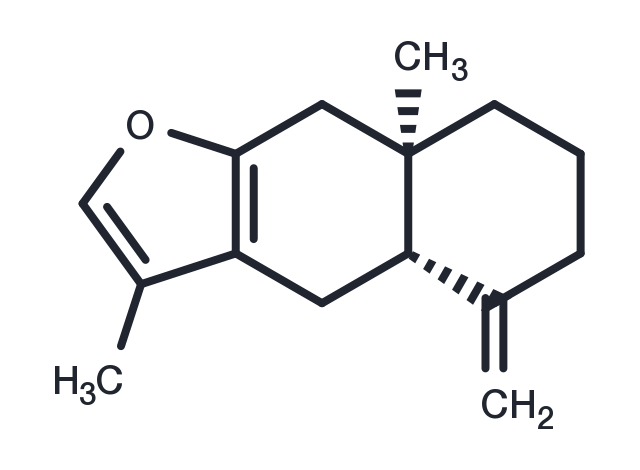
|
|
| Atractylone (Atractylon) has the functions of protecting liver, lowering blood sugar, antibacterial, anti-tumor and anti-virus. | ||||
| TN4693 | Odonicin | 51419-51-3 | 98.00% |
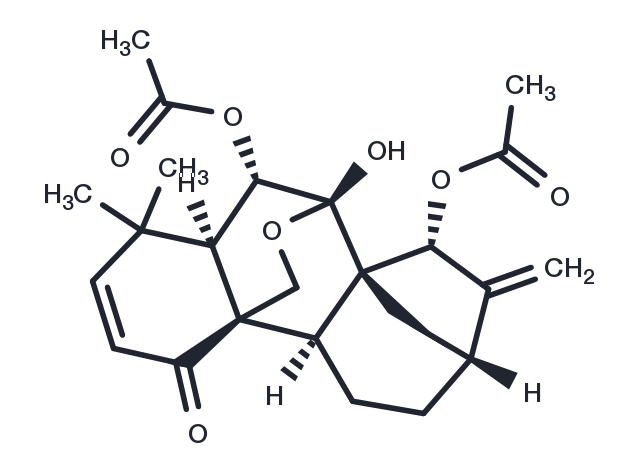
|
| Odonicin is a kind of natural product derived from the herbs of Rabdosia longituba. | ||||
| TN3920 | Effusanin A | 30220-43-0 | 98.00% |
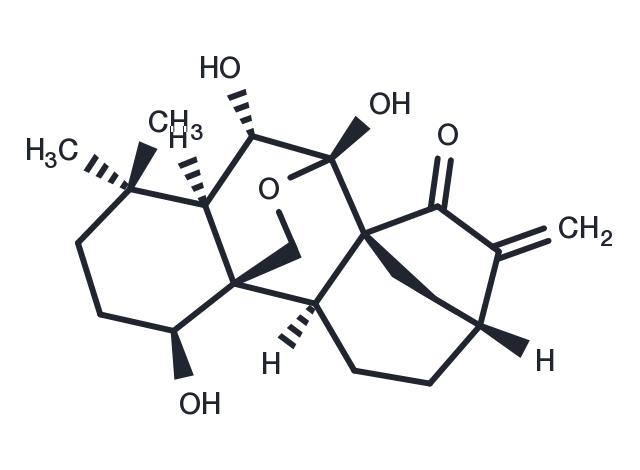
|
| Effusanin A has antibacterial activity. It exhibits DNA-damaging activity in assay which employed DNA-repair deficient (RAD 52Y) and repair proficient (RAD +) ye... | ||||
| TN1798 | Isorosmanol | 93780-80-4 | 98.85% |
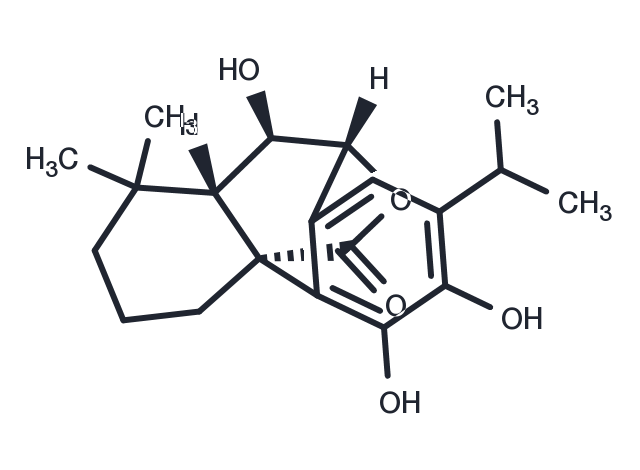
|
| Isorosmanol possesses antioxidant, neuroprotective and neurotrophic effects, it might be useful in ageing disorders such as the declining of cognitive functions ... | ||||
| T19882 | Bryonolic acid | 24480-45-3 | 99.93% |
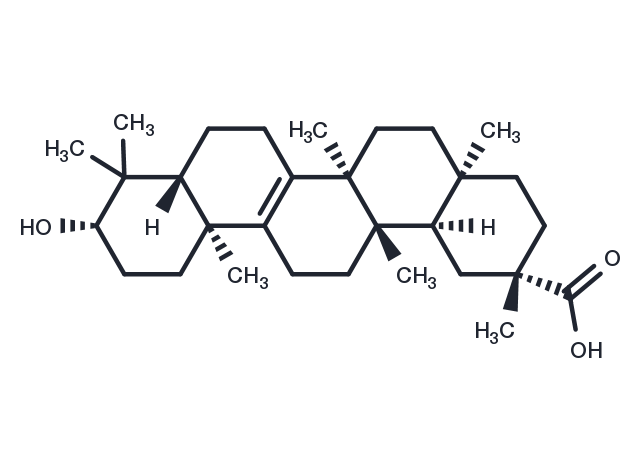
|
| Bryonolic acid (20-epi-Bryonolic acid), a triterpenoid extracted from Sandoricum indicum, possesses immunomodulatory, anti-inflammatory, antioxidant and anticanc... | ||||
| TN6762 | (+)-Cuparene | 16982-00-6 | 99.97% |
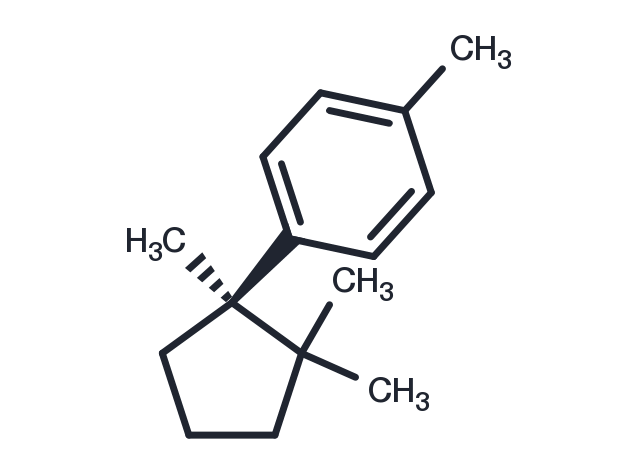
|
| (+)-Cuparene is a bioactive chemical. | ||||
